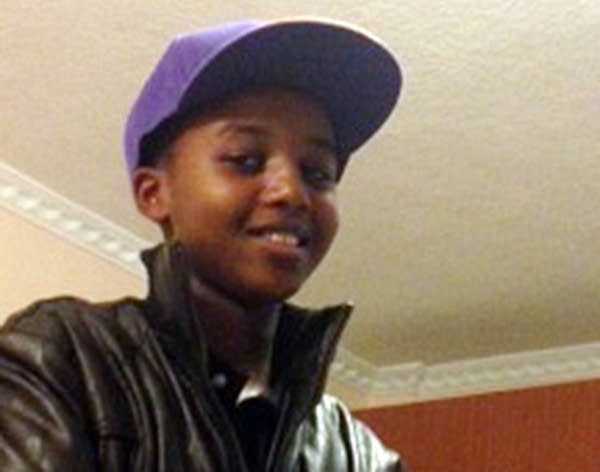Family of 7th grade drowning victim suing teacher, school district

Go Deeper.
Create an account or log in to save stories.
Like this?
Thanks for liking this story! We have added it to a list of your favorite stories.
The family of a St. Louis Park seventh-grader who drowned in his school's swimming pool is suing St. Louis Park Public Schools and a gym teacher, saying their negligence led to the boy's death.
Attorneys for the family of Abdullahi Charif announced the suit Friday. It will seek unspecified damages and ask a judge to order the school district to require that, in addition to a teacher, a dedicated lifeguard be present any time students are in the pool.
In late February, gym teacher James Bigot pulled the 12-year-old boy from the bottom of the pool.

The suit claims that Bigot acted recklessly when he allowed Abdullahi and several other boys in the class to engage in horseplay, even though Bigot knew Abdullahi couldn't swim. A police investigation found that the boys were trying to shove one another off the raft.
Turn Up Your Support
MPR News helps you turn down the noise and build shared understanding. Turn up your support for this public resource and keep trusted journalism accessible to all.
Fred Prtizker, an attorney for the boy's family, said the teacher's conduct was shocking.
"This guy brings in his own floatation device, which is an unsafe and unapproved device. He can't see around it. He's allowing these kids to play a rough kind of 'king of the hill' thing on it. And then he knows some of these kids can't swim, and he tolerates them being in the deep end," Pritzker said. "I don't think this is as much a policy or procedural failure as it is a failure for him to do his essential job."
Bigot was the only adult watching the class of 28 students on the day Abdullahi Charif sank to the bottom of the deep end. He won't face criminal charges in the drowning death as Hennepin County prosecutors determined the boy's death was an accident.
Police investigators, however, determined that the district apparently lacked any swimming-pool policies. Abdullahi's parents, Ali Warsame and Khatra Osman, want to the school to make sure a lifeguard is present to protect other children.
Pritzker said it's fairly unusual to seek a policy change as part of a lawsuit.
"It goes to the family motivations," he said. "One is to find out the truth of what happened. And two, to make sure it doesn't happen to someone else."
Bigot's attorney did not return a call for comment. St. Louis Park Public Schools declined to comment while its own investigation is under way.
News of the lawsuit comes just days after St. Louis Park Public Schools reached a settlement in the deaths of two students who died and one who was injured in a landslide at Lilydale Regional Park.
As far as school drownings go, the lawsuit filed by Abdullahi Charif is far from the first of its kind. More than a decade ago in St. Cloud, the family of Shuai Jiang recieved a $500,000 settlement after the 13-year-old boy drowned in his school's pool.
A couple of years ago in Washington state, the family of drowning victim Antonio Reyes reached a $2 million settlement with the Wenatchee school district.
In that case, the district fired the teacher, saying he was solely responsible for the drowning. But attorney Quentin Batjer worked to get the teacher reinstated. Batjer said the school district, like St. Louis Park, had no policies in place about swimming-pool safety.
"There was absolutely nothing. I mean, they had policies in place on how to operate a riding lawn mower, how to mix chemicals in your chemistry lab, those types of things," Batjer said. "But there was absolutely nothing for swimming."
Batjer said his client was in charge of supervising 27 kids without a dedicated lifeguard.
"The teachers were put in an impossible situation," Batjer said. "The schools have a responsibility to make sure the students are looked after, especially when you're considering a very dangerous environment like a pool."
A judge agreed with Batjer's argument that the school administrators helped create an unsafe situation in which a student could drown.
After the drowning, the district took some positive steps, Batjer said. For example, he said students now wear rubber bracelets identifying them by ability, to sort out the swimmers from the non-swimmers.
Batjer has noticed there's been a rash of similar school drownings around the nation where the victims are typically children of color who haven't been exposed to swimming as much as their white peers. He said some schools are learning with every tragedy they must adapt.


